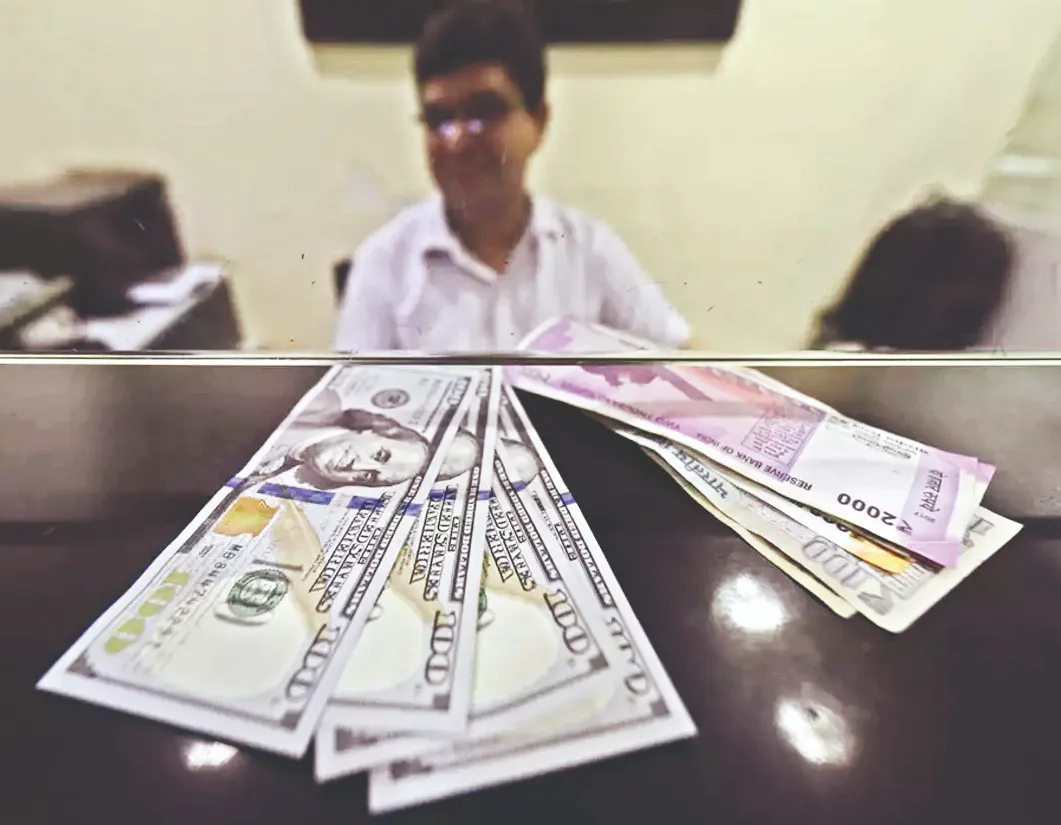Standoutt.in
The Indian rupee depreciated to 83.81 against the US dollar on October 1, 2024.
Down by 2 paise from its previous close of 83.79. Several factors have contributed to this decline.
Key Factors:
- Foreign Fund Outflows: Foreign institutional investors sold ₹9,791.93 crore worth of shares on Monday, signaling a broader exit from Indian markets. Increased opportunities in China, spurred by fiscal stimulus, have drawn investor interest away from India.
- Strong US Dollar: The dollar index rose to 100.54, making it more expensive for Indian importers to buy dollars, contributing to the rupee’s weakness.
- Global Market Volatility: Instability in global markets has led to investors pulling funds from emerging economies like India.
- Crude Oil Prices: Although Brent crude prices have retreated slightly, India’s reliance on oil imports means fluctuations still impact the rupee.
Economic Context
Despite the Reserve Bank of India’s efforts to stabilize the rupee, its Real Effective Exchange Rate (REER) indicates exports are becoming more expensive, complicating trade dynamics.
India’s current account deficit also widened to USD 9.7 billion in April-June 2024, adding pressure to the currency.
Market Reactions
While domestic equity markets saw a mild recovery after earlier declines, concerns over currency stability and foreign investment trends persist.
The rupee’s depreciation could benefit exporters but poses inflationary risks for importers if the trend continues.
—
👉 Thanks for reading.
Also Read: India’s Manufacturing: Make in India GDP Contribution in 10 Years








